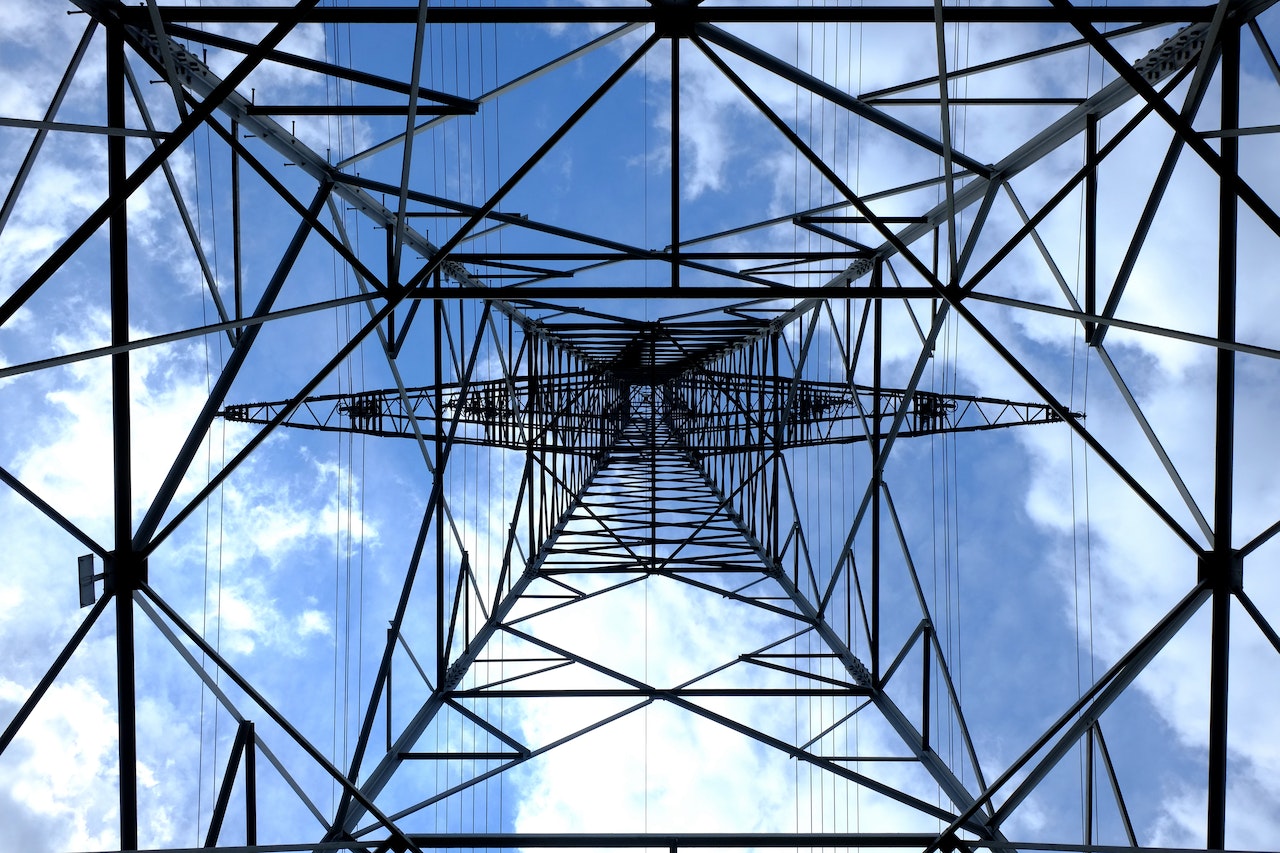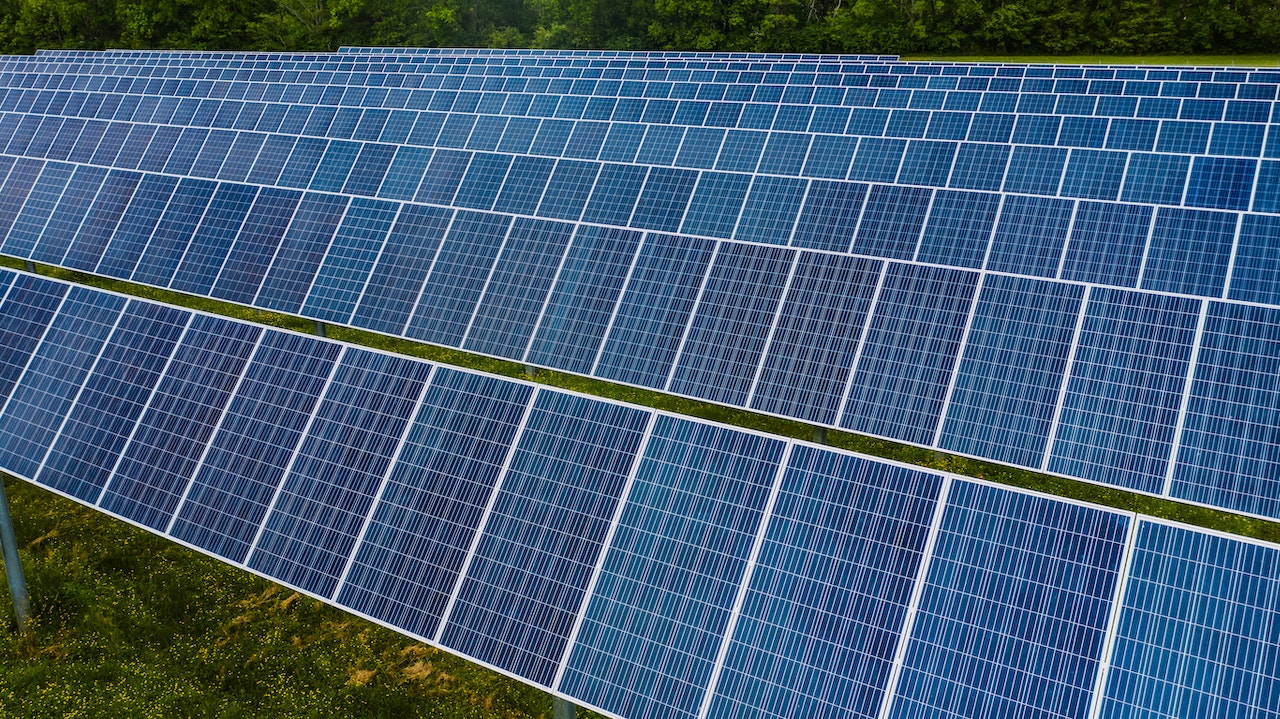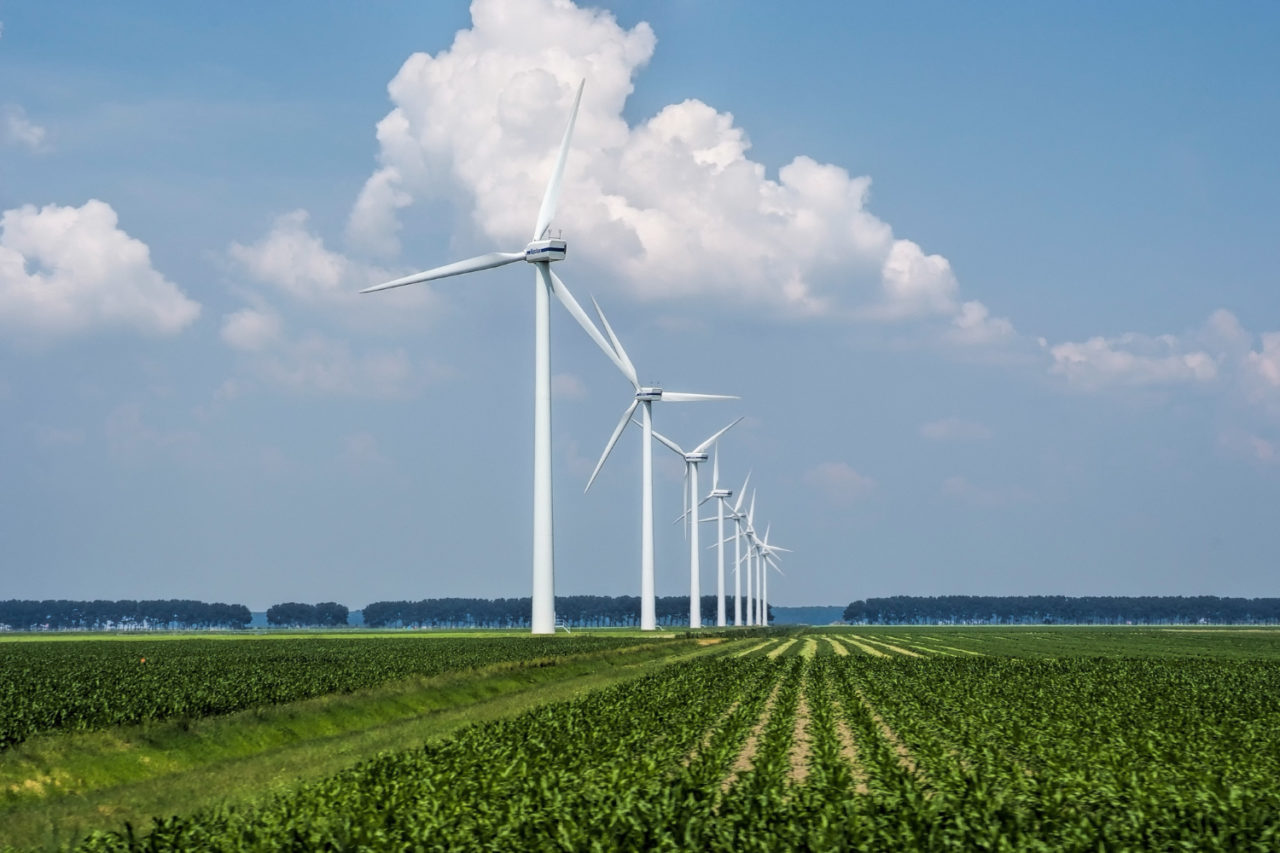
An crucial component of the energy transition’s enablement is energy storage. In the past decades, Europe has shifted from an energy system dominated by centralized fossil fuel generation that can be dispatched to match energy consumption at all times, to a system with more and more renewables.
Energy storage systems supports Europe in this transition.
An appealing technique for grid electrical supply, transmission, and distribution systems is energy storage. By using storage mechanisms instead of other methods, we may improve grid resilience and dependability, which benefits our utilities, grid system operators, and regulators. As a result, the grid will operate more efficiently overall and won’t have to rely on other options with larger greenhouse gas (GHG) footprints, which would otherwise be preferred when using zero storage solutions.

It should come as no surprise that storage deployments are rising rapidly given the enormous potential of storage in assisting in the integration of ever-increasing shares of renewable energy. Governments, business, and other European stakeholders need to keep collaborating to develop a regulatory environment that will foster the growth of the storage industry.
What are the types of energy storage systems available?
Batteries, hydroelectric power, compressed air, pumped storage, hydrogen, and methane are some of the most widely used energy storage techniques and resources. This article will concentrate on hydroelectric energy storage, compressed air, and backup batteries.
Energy storage systems can make the grid more resilient by using energy storage, utilities can balance grid loads and extend the lives of their infrastructures while they upgrade for a distributed energy future.

Energy-efficient buildings, electric cars, and renewable energy all put extremely complicated demands on infrastructures that weren’t designed to handle so many resources.
So, why should you care about storing energy?
Although there are many uses for energy storage, why should you be interested in current advancements in this field? Well, for one thing, the market is booming.
Here are a few of plenty of reasons to store energy:
- Boost the quality and reliability of energy delivery by providing temporary continuity during outages.
- SAVE MONEY! It can significantly lower energy costs by reducing fossil fuel use and lost revenue from outages.
- Integrate a variety of energy sources, including renewables, to further save on energy costs.
- Reduce environmental impact through improved energy efficiency, reduced carbon emissions, and a new opportunity for renewables.

How rapidly will the global energy storage market grow?
Global installed energy storage capacity is forecasted to expand 56% to reach over 270 GW by 2026.
The main driver is the increasing need for system flexibility and storage around the world to fully utilize and integrate larger shares of variable renewable energy into power systems.
Universal Kraft is working with partners to develop compressed air storage solutions.creating a new technology that uses a compressor to store air in a tank or the ground and then reverses the process when energy is required, into a generator.
Discover our projects here.




